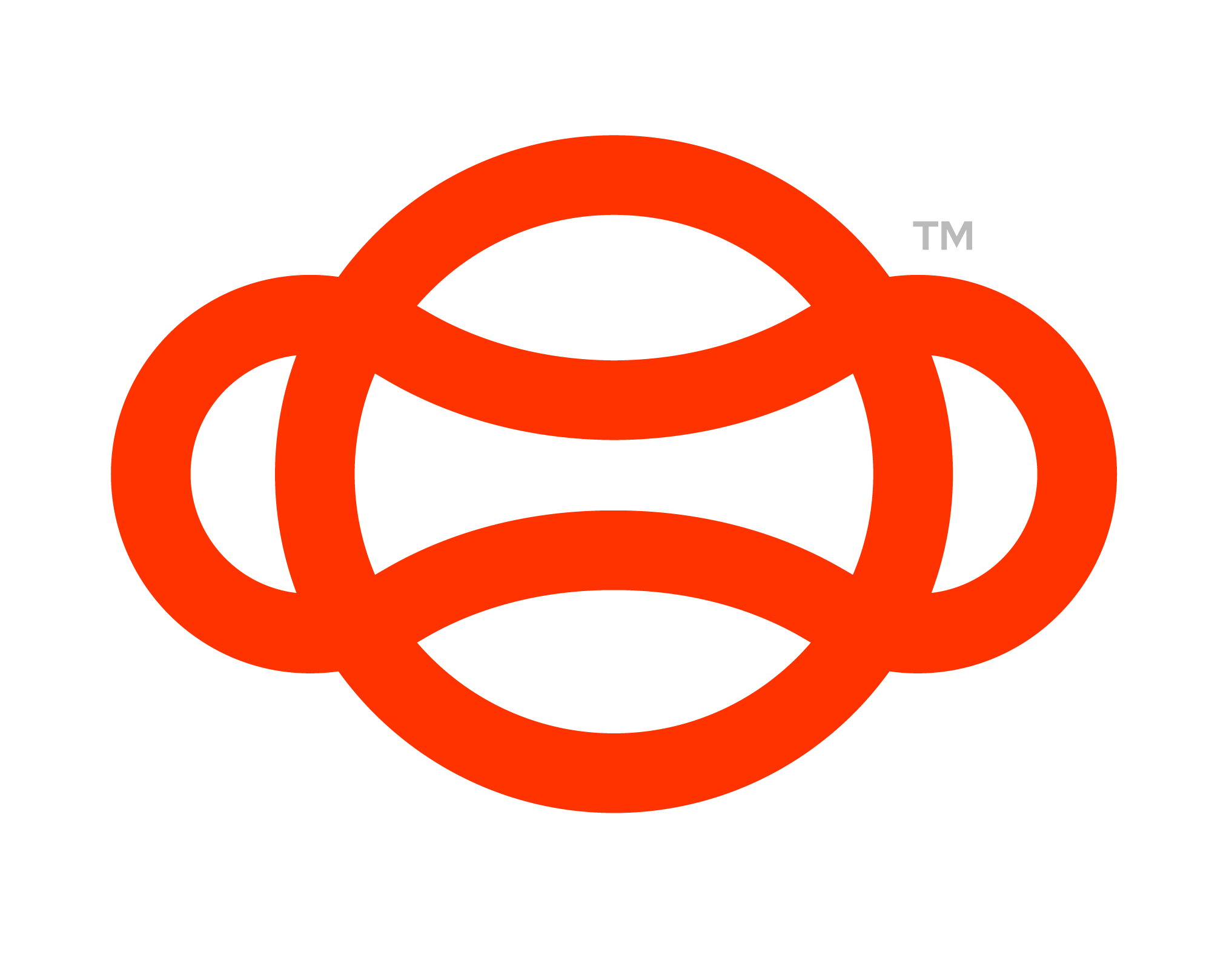Development Guidelines
In the realm of game and application development, the VR environment stands out, presenting distinct challenges and rewards. As developers leveraging the Luminous Flow SDK, comprehending and navigating these unique characteristics is essential.
Prioritizing VR Comfort
The immersive nature of VR means that lapses in design can lead to genuine physical discomfort. Ensuring a stable frame rate, smooth transitions, and maintaining consistent visual cues are all essential in minimizing motion sickness and enhancing user comfort.
VR vs. Traditional Development
Spatial Programming
Unlike conventional 2D screens, VR thrusts users into a fully immersive 3D environment. This transition demands developers to consider depth, proximity, and spatial relationships, ensuring that in-game objects and interactions are consistently logical within a three-dimensional context.
Raycast Interactions
Traditional platforms often rely on straightforward touch or click interactions. In VR, especially within the Flow SDK, interaction leans heavily on raycasting — a method where users aim and interact with objects using a pointer emanating from their controller. This method alters both UI and gameplay design considerations.
3D Audio Processing
In VR, sound isn’t confined to left or right channels. It occupies space. Developers need to create soundscapes where audio has depth, direction, and resonance, amplifying immersion.
Real-Time Feedback Loops
Given the enveloping nature of VR, the immediacy of feedback is paramount. Users, now more than ever, expect swift responses to their actions, since they are "inside" the application's universe.
VR's Unique User Base
Despite the technology's growth, a sizeable segment of VR users are newcomers. This places an added responsibility on developers to ensure a comprehensive onboarding process, straightforward in-game directives, and intuitive feedback systems.
For a deeper dive into perfecting your VR development approach, check out our additional guidelines:
Best Practices: Immerse yourself in development strategies tailored for VR to ensure both user experience and technical proficiency.
Performance Tips: Strategies to enhance VR application performance, even in the most demanding scenarios.
Design Guidelines for VR Training Environments: Key principles for creating impactful VR training modules, optimizing both learning and user engagement.
With the Luminous Flow SDK as your toolkit and these guidelines as your compass, you're positioned to craft unparalleled VR experiences, whether for seasoned VR aficionados or newcomers.
